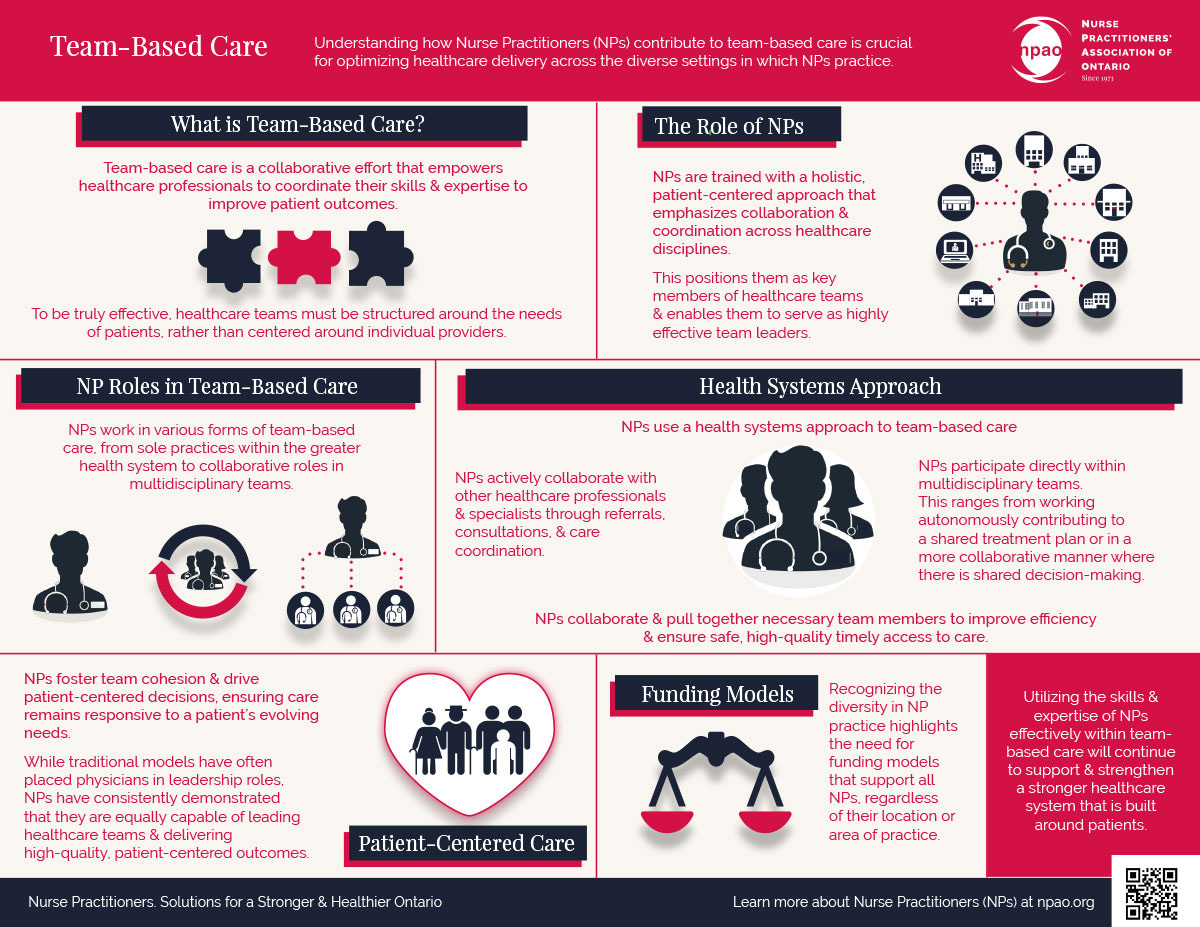Over 2.5 million Ontarians don’t have a family doctor. Doug Ford thinks he just needs to create more spaces and restrict admission to medical students from Ontario.
Once again, Ford has failed to look at the root cause of the family physician shortage that include the high cost of post-secondary education, medical school, opening a family practice as well as the cost of rent, food, transportation and childcare.
If creating more spots was really the issue then 108 of the total 560 family medicine positions would not have gone unfilled after the first iteration in 2024.
The Ford government recently announced $110 million in funding to expand primary-care teams, many of them led by, or including, nurse practitioners.
Nurse practitioners, are health professionals who can independently diagnose and treat illnesses; order diagnostic tests including X-rays, ultrasounds, blood tests, MRIs and CT scans. They can also prescribe a broad range of medications, including controlled substances, as well as set and cast fractures and dislocated joints.
Historically, nurse practitioners were not covered under the Canada Health Act and provincial legislation did not specifically mention nurse practitioners. That opened the door for them to operate privately. But that is about to change.
As of April 1, 2025, nurse practitioners will be covered under the Canada Health Act. Provincial and territorial health plans will now cover primary care provided by not only nurse practitioners, but also midwives and pharmacists. That means, nurse practitioners will be able to bill the Ontario Health Insurance Plan (OHIP) for medically necessary services that would otherwise be provided by a doctor.
Currently, Ontario has 25 nurse practitioner-led clinics (NPLC) and all are not-for-profit organizations. Until the billing change goes into effect, these nurse practitioners can continue charging patients for medically necessary procedures and services.
Ontario’s Long-Term Care Minister, Natalia Kusendova-Bashta, also proposed new legislation that would allow long-term care homes to replace doctors acting as medical directors with clinical directors who could be nurse practitioners. As with most Conservative announcements, details are sparse.
The Ontario Health Coalition has long argued that charging patients for nurse practitioner services violates the Canada Health Act, which guarantees universal access to medically necessary insured services.
Yet, I cannot tell you how many requests I’ve received urging me to interview Chief Executive Officers (CEOs) of private healthcare agencies promoting the benefits of private for-profit nurse practitioners as the solution to Ontario’s manufactured healthcare crisis. And, despite the new federal legislation taking place April 1, I continue getting requests from CEOs who want to privatize nurse practitioners.
Instead, I chose to invite Michael Hurley back to Small Change and he graciously agreed to tell folks everything they should know about nurse practitioners.
Michael Hurley Credit: Photo provided by Michael Hurley
Michael has been president of the 40,000 member Ontario Council of Hospital Unions (OCHU) since 1990. He is the first Vice-President of Canadian Union of Public Employees (CUPE) Ontario as well as Regional Vice-President on CUPE’s National Executive Board for Ontario.
Michael has co-authored several academic articles on the healthcare workforce that have been published in New Solutions, International Journal of Occupational Health and Safety.
We start our conversation with the fundamental question, should nurse practitioners be able to privately bill for their services? Or, should their services be fully covered by OHIP?
The Nurse Practitioners’ Association of Ontario (NPAO) was founded in 1973 by a group of Nurse Practitioner (NP) graduates from newly established NP education programs at McMaster University and the University of Toronto.
NPAO originally represented NPs functioning in primary care, however, that mandate expanded in 1998 to include secondary and tertiary care.
In the past, the Ontario Medical Association (OMA) opposed the role of nurse practitioners saying they should only deliver primary care alongside doctors. Michael explains the skill set of nurse practitioners and the benefits of nurse practitioners working independently from family doctors.
Nurse practitioner infographic Credit: Nurse Practitioners Association of Ontario
The previous Ontario Liberal government funded primary care clinics operated by nurse practitioners. So, Michael and I take a look at how successful that initiative was and its impact on the healthcare system.
We also deconstruct Doug Ford’s erroneous claim that only the federal government could address the issue of nurse practitioners charging patients for necessary services. We also discuss why the Conservative government made a political choice not to step in and include nurse practioners under OHIP.
Finally, Michael and I discuss the role nurse practitioners should realistically play within the primary health care sector and how that could help alleviate the family doctor shortage which the Ontario College of Physicians projects will impact over four million Ontarians by 2026.
The Ontario Union of Family Physicians (OUFP) gives a voice to over 2,100 family physicians concerned about the state of healthcare in the province. The union aims to create engagement between the medical professional, the public and governing organizations.
Sign OUFPs petition calling for the immediate resignation of Health Minister Sylvia Jones here. And, if you live in her riding, choose not to re-elect Jones.
Thanks to everyone who read today’s article and listened to my podcast. With your continued support, a little Nicoll can make a lot of change.
Music: Real Estate by UNIVERSFIELD is licensed under a Attribution 4.0 International License. freemusicarchive.org.
*Be sure to download the Substack app to get the most from your podcast experience.













